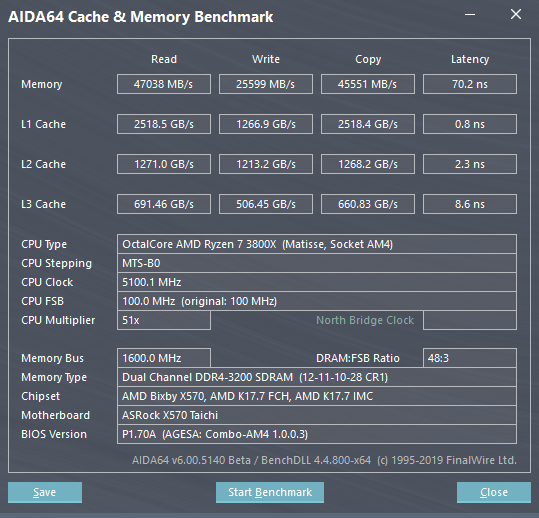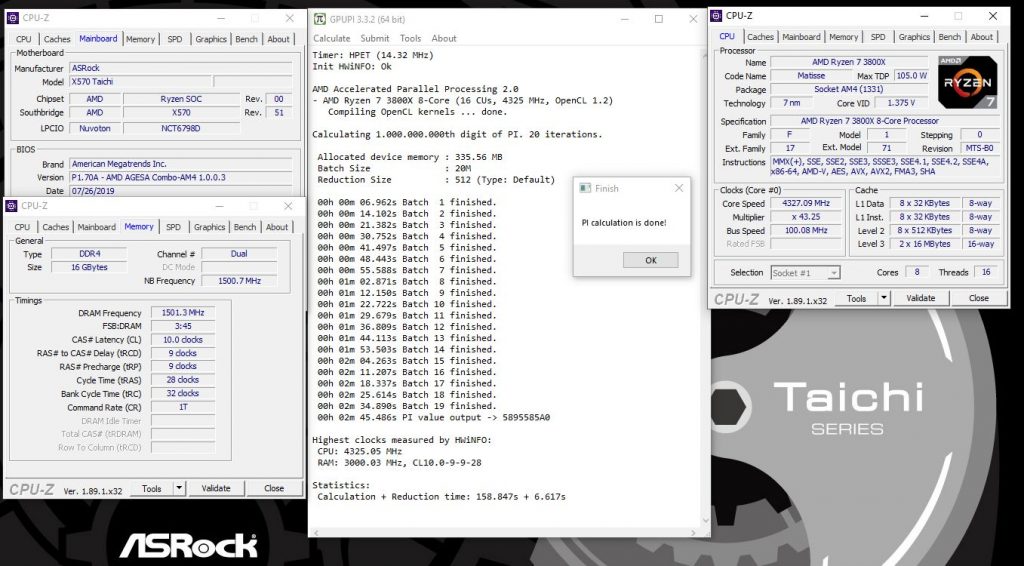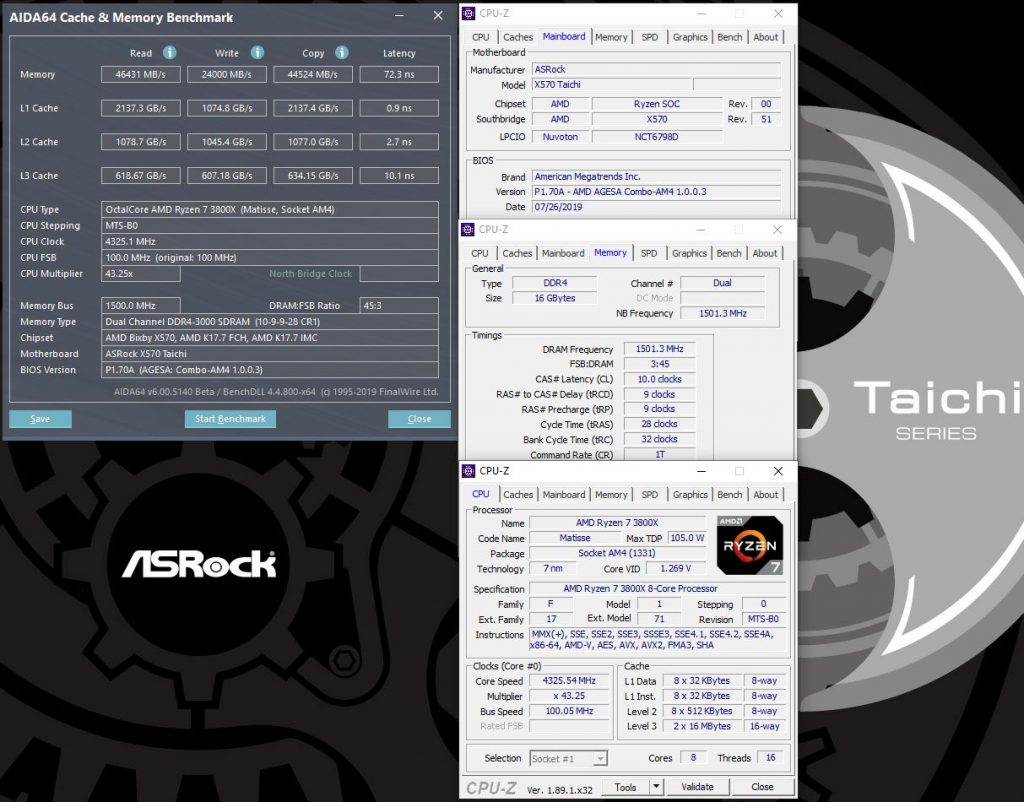ASRock X570 Taichi OC Review
Dry Ice overclocking
Preparing tight DRAM timings
If you take away anything from this editorial, let it be the XOC performance. The Taichi is surprisingly adept at this. More over, it turns out something interesting happens with Ryzen CPUs and this platform when it is subjected to sub-zero degree cooling.
This is not to do with ASRock as it affects all boards in this way and is seemingly a Ryzen quirk. When you’re overclocking with anything cold (Phase, Dry Ice or LN2), the CPUs ability to reach a high IF frequency is diminished. In fact, even the normal*1800MHz may prove near impossible to achieve (I’ve not seen any XOC result with such a high IF)

For reliability I found that sticking to 1600MHz and lower did the trick. Since one is confined to such a low IF clock, there was absolutely no need to adjust SOC or any other voltage outside of CPU voltage. Be it this is a board feature or not I can’t be sure. However, going cold with the X570 Taichi after I stopped over tuning (no need to adjust any voltage outside of DRAM and CPU vCore), proved exceedingly simple which is always appreciated.
Since I knew the limits of the Infinity Fabric, and my memory wouldn’t reach 4,600MT/s+ (tested using older Single Rank B-die on the old/shorter non-RGB PCB). I was limited to super tight timings at 3200 and 3000MT/s respectively. Tuning the primary and sub timings down here was once again straight forward. Go as tight as possible and leave it at that.
To that end, both the G. SKILL and CORSAIR sets used for this review were able to do 3000MT/s at 10-9-9-24-1T reliably. I doubt there’s any B-die kit on the planet which can’t achieve this (difference perhaps in how much voltage the respective kit would need). For stability at this frequency and these timings both sets need 1.75 to 1.8V. Naturally for the “normal” everyday performance overclocking maximum voltage I would use is 1.5v but for overclocking this is more than safe for these sticks.








